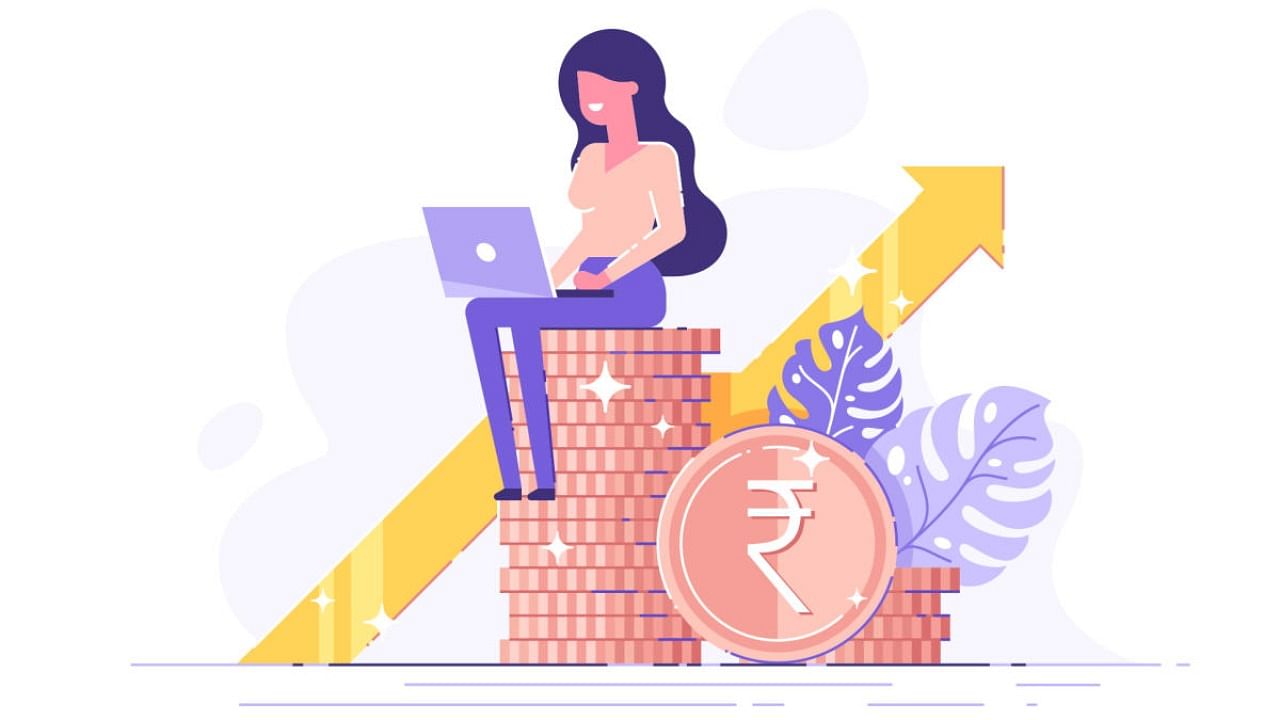
Shrishti Sahu had no qualms about refusing two offers to become a fund partner in the past two months.
“They told me, ‘We have three others identified, but they are all men. And now we need a woman.’ So that is the kind of unfortunate circumstances I deal with even at my level of success. So, I can’t imagine what happens to women who are just getting started and are early in their career,” said Sahu, an angel investor, who backs preliminary-stage startups.
While the representation of women in India’s startup ecosystem has been improving, India still has a dearth of female angel investors. To make things worse, some funds hire women merely to check off the diversity box and not to groom them for roles that match their merit.
India has about 15 male angel investors for every female one, according to data from Crunchbase. Male angel investors make about 23 deals for every transaction done by their female counterparts, the US-based business intelligence firm said.
The reality is even more contrasting, Sahu pointed out.
While just 1% of the 10,000 registered angel investors in India are women, she said that those who actively invest would be around 30 or 35 only. Even for the investors’ syndicate that she runs, only three out of 200 limited partners (LP) are women.
Why is female participation so low?
“Been in the startup ecosystem now for almost 12 years and it unfortunately closely mirrors what Indian society looks like – which is a very patriarchal and total boys club,” said Sahu.
Most founders heavily place their bets on their IIM and IIT “roommates who are guys and not women.” Sahu also feels that women tend to not form very deep relationships in their earlier careers like men do, which ends up hurting them in the long run.
Those running incubators and accelerators to help early-stage startups source funding attribute low representation of women to insufficient education and opportunities.
“Not enough women, networking, education, conversation or information,” said Mona Singh, Co-founder, India Accelerator. Many female entrepreneurs are intimidated by a room of all-male investors, she added.
“At senior levels, women were just 5% of the teams. There needs to be a proper channel of opportunities for women to be in the industry. A sustainable ecosystem for them to succeed without any bias, needs to be created,” said Tanul Mishra, CEO, Afthonia Lab, an early-stage fintech-focused incubator.
Others feel women still rely on their male family members for money matters.
“Historically, women have not been in control of finances; women, in general, tend to reach out to their fathers and their husbands and have them control their funding,” said Anisha Singh, founder of She Capital, an early-stage women-business focused fund.
A few good men
However, female angel investors feel that over the years there have been supportive male allies who have contributed towards women's representation in the startup space by opening up opportunities for them.
“I have met some great male allies who have opened up opportunities for me and given me access. But what needs to happen a lot more is…there are male allies who can open doors for you...make introductions, get you in on deals or share their deal flow with you. Those kinds of things really end up making a big difference,” said Sahu.
Anisha Singh, too, feels that male investors have played a crucial role in improving women's representation. “In 2009, I was one of the three women founders, but today every other founder we meet is a woman co-founder. It is not the women venture capitalists who made this happen, it was great champions, mentors, investors in the male community who had the foresight of backing some amazing female founders.”
Missed opportunities
“Having more women investors will lead to more funding going into women-led startups, which have historically performed better and generated more revenue,” said Mishra.
As per the funding data, only 2% of the funding goes to women-led startups. The only way to change that number is to have more women on the other side of the table, said Anisha Singh.
“It is not to say that men can’t understand the opportunity. For instance, take an opportunity like tampons or sanitary pads, the basic logical remark you will get from a male founder is ‘Let me run this by my wife and get back to you'. So, it becomes a little bit of a disconnect, while in the case of women designing for women, it is really easy to understand the opportunities and the gaps,” she added.
“If half of our population is female, that means opportunity exists for a larger market and a play of women-focused products which have not been around,” she said.
Watch latest videos by DH here: